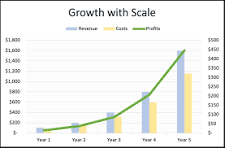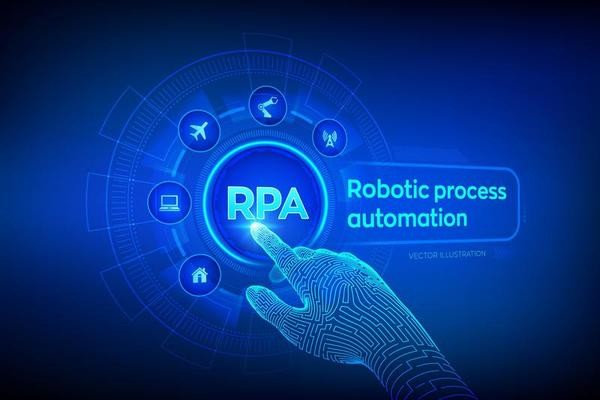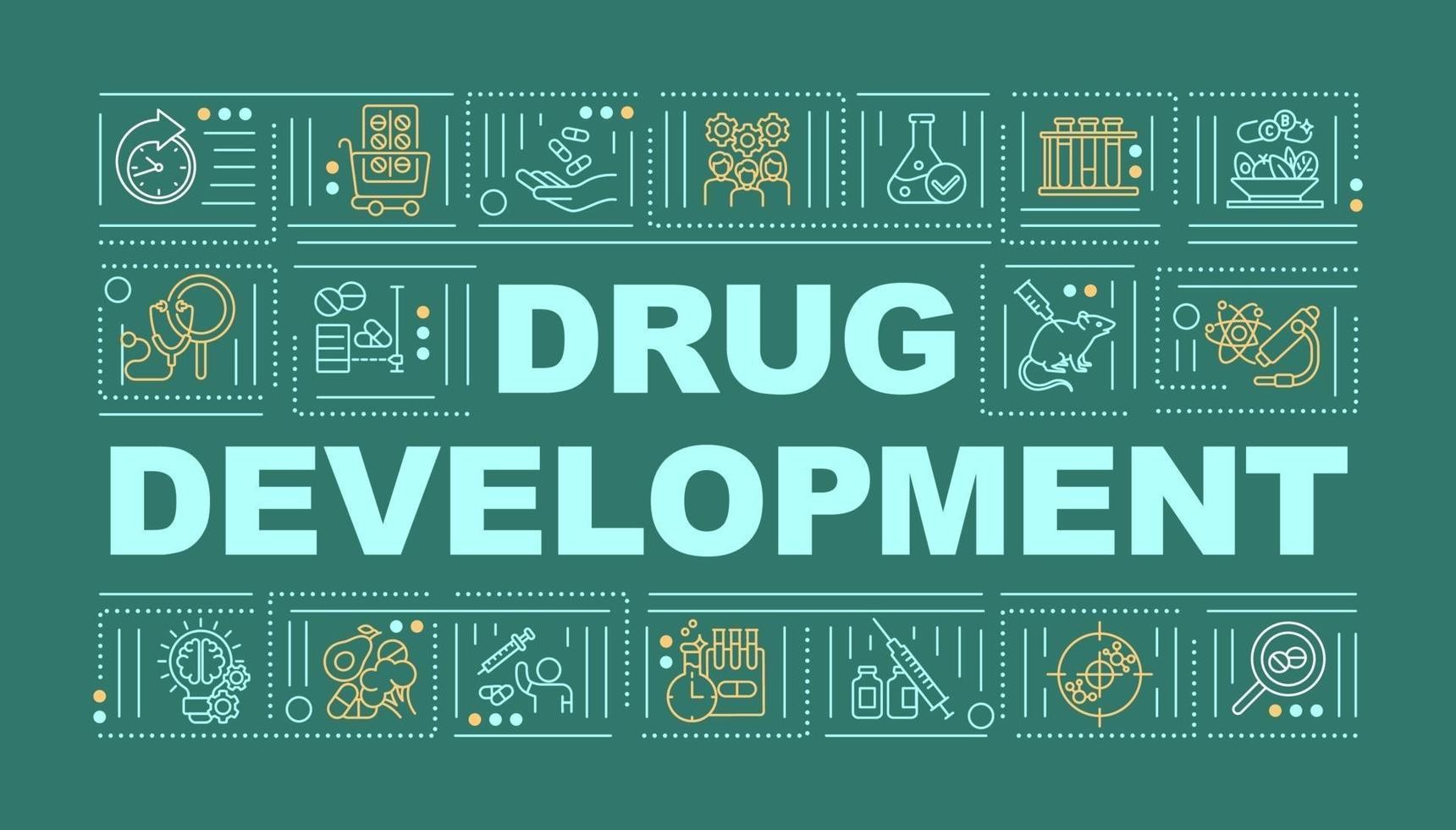Business Growth and Scaling are crucial concepts for businesses aiming to achieve long-term success and sustainability. Here's an overview:
What is Business Growth?
Definition: Business growth refers to an increase in revenue, market share, customer base, or operational capabilities.
Key Indicators of Growth:
- Revenue growth
- Customer acquisition and retention
- Expansion of product lines or services
- Market penetration and brand recognition
Types of Growth:
- Organic Growth: Achieved through internal strategies like increasing sales or optimizing processes.
- Inorganic Growth: Achieved through mergers, acquisitions, or strategic partnerships.
What is Scaling?
Definition: Scaling is the process of growing a business in a way that it can handle an increase in demand without a significant increase in costs.
Key Characteristics of Scaling:
- Focus on operational efficiency
- Leveraging technology and automation
- Sustainable resource management
- Enhanced capacity to meet growing demands
Strategies for Business Growth
- Focus on Core Competencies:
- Strengthen what your business does best.
- Expand Product/Service Offerings:
- Introduce new products or improve existing ones.
- Diversify Revenue Streams:
- Reduce reliance on a single source of income.
- Strengthen Customer Relationships:
- Use loyalty programs, personalized experiences, and excellent service.
Strategies for Scaling
- Automate Operations:
- Use technology to streamline repetitive tasks.
- Invest in Technology:
- Cloud computing, CRM tools, and analytics platforms.
- Build a Scalable Team:
- Hire and train employees who can grow with the business.
- Leverage Outsourcing:
- Delegate non-core tasks to external experts.
Challenges in Growth and Scaling
- Operational Complexity:
- Managing processes as the business grows.
- Maintaining Quality:
- Ensuring customer satisfaction with increased demand.
- Financial Strain:
- Managing cash flow and investment needs.
- Competition:
- Staying relevant in a dynamic market.
Measuring Success in Growth and Scaling
- Revenue Growth and Profit Margins:
- Track top-line and bottom-line improvements.
- Customer Metrics:
- Retention rates, satisfaction scores, and acquisition costs.
- Market Share:
- Assess your position relative to competitors.
- Operational Efficiency:
- Evaluate productivity and cost management.
Scaling a business while ensuring steady growth requires strategic planning, effective resource management, and adaptability. Would you like tailored solutions or further insights into any specific area? Let me know! 🚀






































